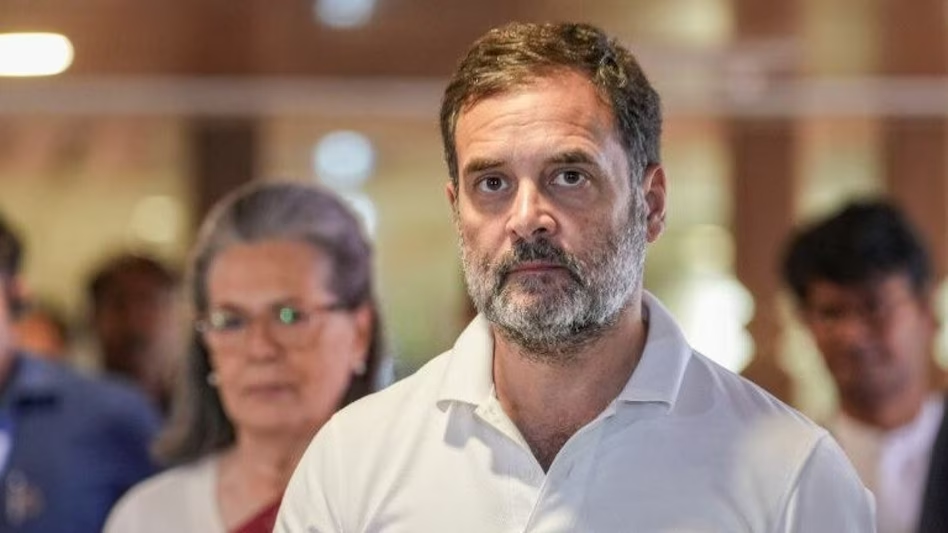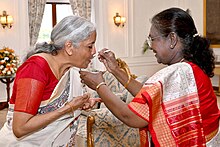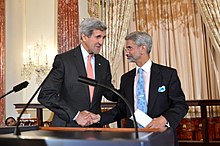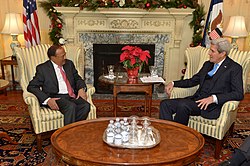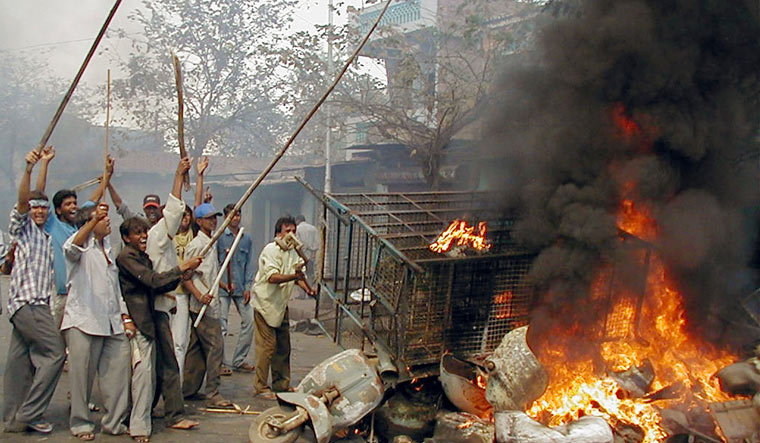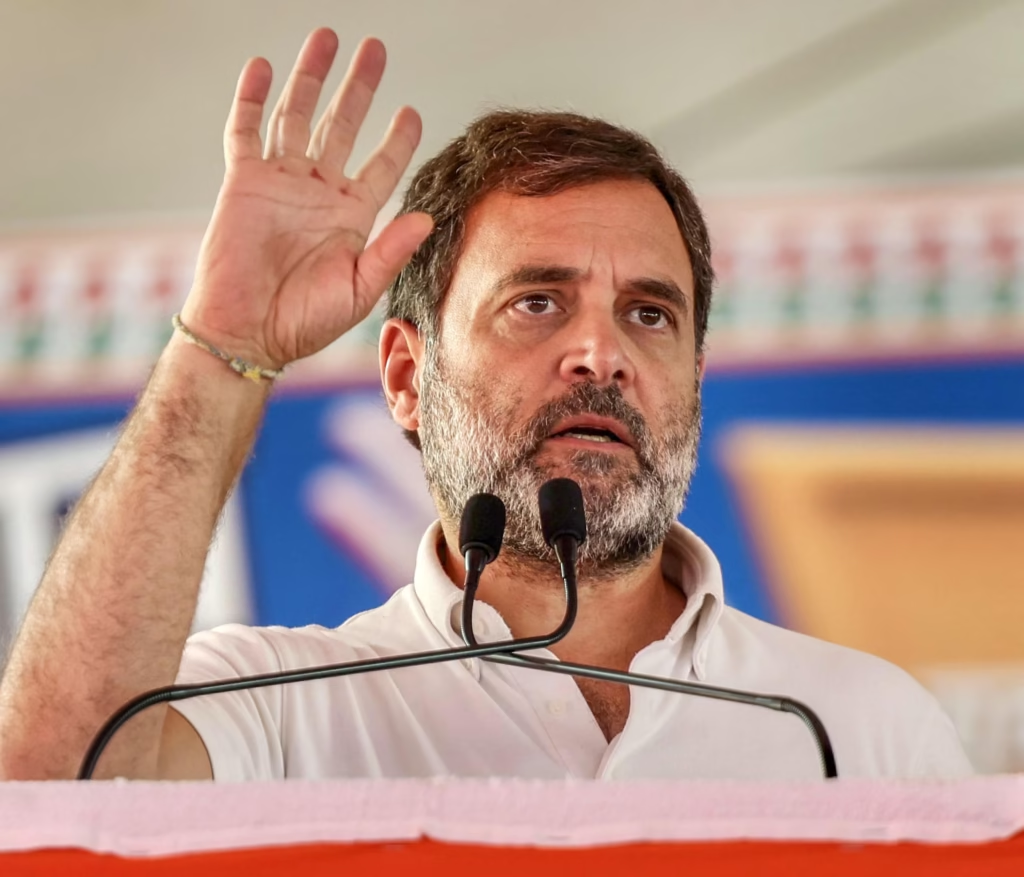
Dr. Subrahmanyam Jaishankar’s Tenure as India’s Ambassador to China (2009-2013): Key Developments in Sino-Indian Relations
Dr. Subrahmanyam Jaishankar, an eminent Indian diplomat and foreign policy strategist, served as India’s Ambassador to China from 2009 to 2013. His tenure was marked by critical diplomatic engagements that shaped Sino-Indian relations. From addressing the contentious visa policy issue to playing a crucial role in border dispute negotiations and promoting economic and cultural ties, Jaishankar’s contributions significantly influenced India-China relations during a complex geopolitical era.
Visa Policy Negotiations: Addressing the Stapled Visa Issue
One of the key diplomatic challenges Dr. Jaishankar tackled was China’s practice of issuing stapled visas to Indian citizens from Jammu and Kashmir. This policy was viewed by India as an implicit questioning of its sovereignty over the region. In 2010, Jaishankar engaged in persistent diplomatic efforts to ensure that China ceased this practice, emphasizing that India viewed Jammu and Kashmir as an integral part of the country.
Impact of the Visa Policy Resolution
- Strengthening India’s Sovereign Stand: Jaishankar’s firm diplomatic stance reaffirmed India’s territorial integrity and sent a strong message to China about India’s unwavering position on Jammu and Kashmir.
- Enhancing Bilateral Travel: By resolving the visa issue, Jaishankar facilitated smoother people-to-people exchanges, crucial for business and cultural interactions between the two nations.
- Reinforcing Diplomatic Credibility: His success in negotiations demonstrated India’s proactive approach in asserting its sovereignty in international diplomatic forums.
Border Dispute Management: Resolving the Depsang Plains Standoff (2013)
Another major challenge during Jaishankar’s tenure was the 2013 Depsang Plains standoff in Ladakh. Chinese troops had set up a temporary camp on the Indian side of the Line of Actual Control (LAC), escalating tensions between the two nations. Jaishankar played a critical role in diplomatic negotiations to defuse the situation.
Key Aspects of the 2013 Border Negotiations
- Immediate Diplomatic Engagement: Upon escalation of tensions, Jaishankar engaged in high-level discussions with Chinese officials, emphasizing the need for de-escalation.
- Restoring the Status Quo: Through sustained dialogue, he secured a resolution where Chinese troops withdrew, reinstating the pre-standoff territorial positions.
- Facilitating Premier Li Keqiang’s Visit: The successful resolution of the border standoff ensured that Chinese Premier Li Keqiang’s scheduled visit to India proceeded smoothly, reinforcing diplomatic ties.
Long-Term Impact on India-China Border Relations
- Setting a Precedent for Future Negotiations: Jaishankar’s handling of the crisis showcased the effectiveness of diplomacy in managing border disputes, influencing future Indo-China engagements.
- Avoiding Military Escalation: His diplomatic strategy helped prevent a military confrontation, highlighting the importance of conflict resolution through peaceful negotiations.
- Strengthening India’s Global Diplomatic Standing: The successful resolution of the Depsang standoff established India as a firm yet diplomatic negotiator in international disputes.
Economic and Cultural Engagement: Promoting Bilateral Ties
Throughout his tenure, Dr. Jaishankar worked tirelessly to strengthen economic and cultural relations between India and China. Recognizing the immense potential for bilateral trade and investment, he promoted initiatives to enhance cooperation.
Economic Diplomacy and Trade Growth
- Encouraging Trade Expansion: Jaishankar advocated for a balanced trade relationship, urging China to address India’s concerns regarding the trade deficit.
- Boosting Indian Exports: He pushed for greater market access for Indian goods, particularly pharmaceuticals and IT services, in China.
- Promoting Chinese Investments in India: Jaishankar facilitated discussions on Chinese investments in Indian infrastructure projects, fostering economic collaboration.
Cultural Exchange and Soft Diplomacy
- Enhancing People-to-People Ties: Jaishankar emphasized the importance of cultural diplomacy, promoting student exchanges, tourism, and collaborations in arts and academia.
- Strengthening Educational Cooperation: Under his leadership, bilateral educational programs expanded, allowing Indian and Chinese universities to engage in joint research and academic exchanges.
- Cultural Festivals and Exhibitions: He encouraged participation in cultural events that celebrated Indian heritage in China and vice versa, promoting mutual understanding.
Impact of Economic and Cultural Initiatives
- Increased Trade and Investment: By advocating for stronger economic ties, Jaishankar played a crucial role in expanding Indo-China trade, which crossed the $70 billion mark during his tenure.
- Improved Public Perception: His emphasis on cultural diplomacy helped bridge the perception gap between the citizens of both countries.
- Foundation for Future Engagements: The initiatives taken under his tenure laid the groundwork for continued economic cooperation and diplomatic dialogue between the two nations.
Conclusion: Dr. Jaishankar’s Legacy as India’s Ambassador to China
Dr. Subrahmanyam Jaishankar’s ambassadorship in China from 2009 to 2013 was marked by strategic diplomacy, effective negotiation, and proactive engagement in economic and cultural relations. His ability to address critical issues like the stapled visa controversy, resolve border disputes through diplomatic channels, and foster economic and cultural ties significantly strengthened India-China relations.
Key Takeaways from Jaishankar’s Tenure:
- Firm Stand on Sovereignty: His successful resolution of the stapled visa issue reinforced India’s position on Jammu and Kashmir.
- Diplomatic Handling of Border Disputes: The Depsang standoff resolution demonstrated the power of diplomacy in conflict de-escalation.
- Economic and Cultural Engagement: His focus on trade expansion and cultural diplomacy laid a strong foundation for bilateral cooperation.
Jaishankar’s tenure as India’s Ambassador to China remains a defining period in India’s diplomatic history, setting the stage for his subsequent roles, including India’s External Affairs Minister. His approach continues to serve as a blueprint for navigating complex international relations with China and beyond.
Reference Websites
South China Morning Post (Asia Diplomacy) – https://www.scmp.com
Ministry of External Affairs, India – https://mea.gov.in
Embassy of India, Beijing – https://www.indianembassybeijing.gov.in
The Hindu (Diplomacy & International Affairs) – https://www.thehindu.com
Economic Times (Foreign Policy & Trade) – https://economictimes.indiatimes.com
Reuters (India-China Relations) – https://www.reuters.com


